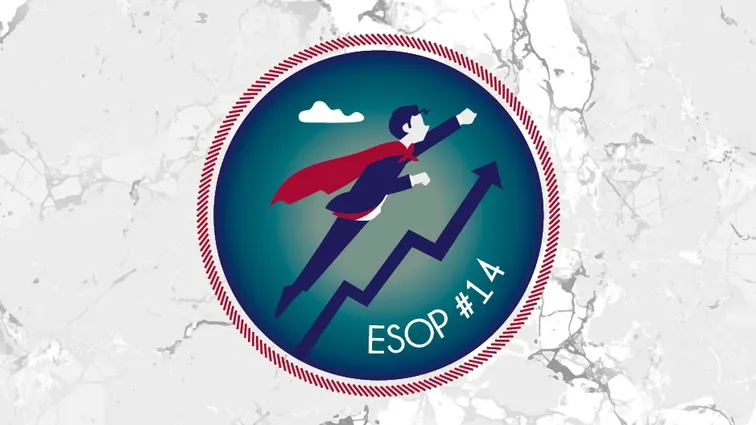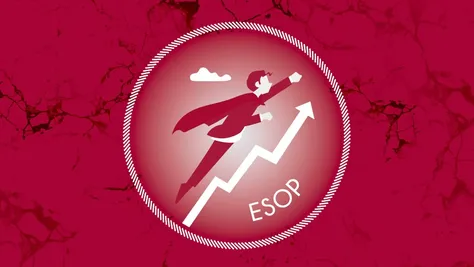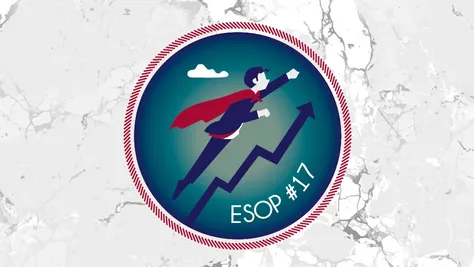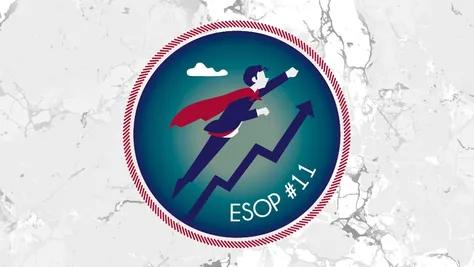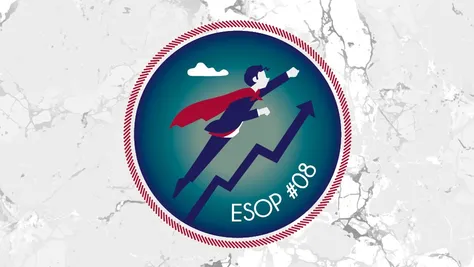Do you think there's been enough motivation? No way! Employee stock ownership plans (ESOPs) comprise 90% of the motivation and the rest is the appropriate legal and tax structuring.
However, we have indeed discussed motivation in detail in previous posts from different perspectives. The topic of today's post may not seem important at first glance, but nothing could be further from the truth. The way how managers will perceive an ESOP is the most important thing in the end of the day. No matter how most beneficial or safe the ESOP is; if it doesn't motivate managers, then it does not fulfil its primary role. And it is the presentation of an ESOP to individual managers that will fundamentally influence their perception and thus the outcome of our joint efforts.
So, let's imagine a situation where an ESOP is prepared and now needs to be presented to individual managers. I will now put aside the option where an ESOP is discussed with managers on an ongoing basis, which is certainly also possible and, in the case of only a few managers, a recommended option, but the lines below also apply to that option.
Let's start with homework!
Before the actual presentation, it's a good idea to do your homework - get to know your managers thoroughly and what motivates them the most. Every manager is different, everyone is motivated by something slightly different, but of course, they have some aspects of their motivation in common. It is necessary to find out which they are and to what extent they play a role in the final motivation. Often these include:
1. Money
Of course, money comes first, but you would be surprised to know that very often it is not the main aspect of motivation (for top managers). In this case, it is relatively easy anyway - it is necessary to clearly present the amount of remuneration the manager will receive if the set parameters are met. It is a good idea to indicate the option that he will definitely reach (so that once he reaches it, his confidence in the ESOP will be strengthened) and then the option that he can theoretically reach if he and the company do well (this option will in turn strengthen his motivation to perform even better).
2. Status and influence
Some managers have a positive perception of their new position and the influence it entails. For these managers, it's a good idea to emphasize various benefits such as a company credit card, a new parking space, a separate office, new business cards, etc. Show them what all their new position brings compared to the previous one. You'd be surprised how such "little things" can have a positive effect.
3. Position in relation to other colleagues
The more competitive managers also judge their success by how they are doing compared to other colleagues in similar positions. If this manager is indeed better than others, it is appropriate that this difference be formalized in the new position. At the same time, with appropriate communication, it is possible to motivate the remaining ones and show them the path they can follow in case of overachievement.
Let's continue with general recommendations.
If you already know what kind of manager you have in front of you and what you want to primarily motivate him with, it is also good to think about these general recommendations:
1. A simple explanation
Your key managers are smart people. They can certainly handle complex economic calculations, KPIs and other issues. They will certainly be able to read the detailed contract documents. All of this is part of an ESOP, but the first step is really to simply explain what they are entitled to and what is required of them. A simple explanation that everyone understands the first time has a lot of power in that people are more likely to believe it because it is clear to everyone.
2. Transparency
One of my first questions with clients is whether they have more managers and whether they want individual managers to know about each other's remuneration or whether it is supposed to be confidential information. We can set up ESOPs for both cases, but I would personally recommend being transparent about this. People say these things to each other, and at that point you don't have the opportunity to explain and justify why the remuneration structure is set up in that way. If you avoid this and present a transparent system (based in part on very-difficult-to-measure parameters), such an ESOP has a better chance of success.
3. Justice
I believe I do not need to mention this in particular. Anything unfair will not motivate managers. It has to do with their remuneration, with setting parameters and all other aspects.
Do I need a lawyer for the presentation?
What do you think? This is a really hard question to answer. The founder enjoys a lot more trust from his managers, so he should be at the presentation. On the other hand, a lawyer is able to explain and respond immediately to managers' questions, which inspires a certain level of confidence, even though he or she is a lawyer.
For me, a good combination is the combination of both, the founder and the lawyer. Often, we prepare for our clients a brief presentation intended just for managers, where the founder presents the basic and simple parameters, while the lawyer takes care of partial details and answers to questions.
So, fingers crossed with the presentation of your ESOPs!


